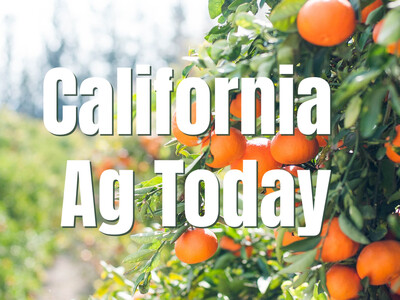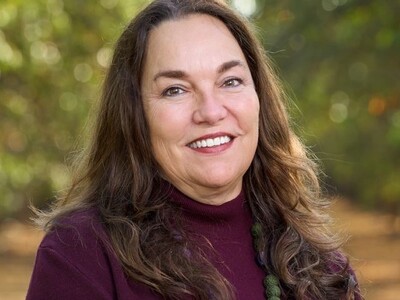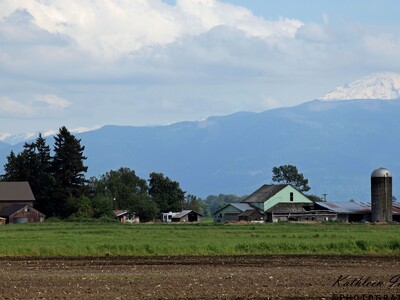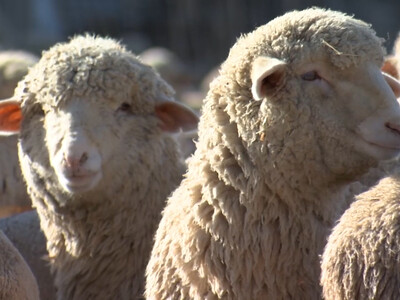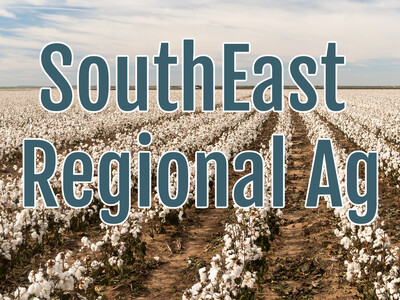Little's budget
Governor’s State of the State AddressTo kick off the Second Regular Session of the 67th Idaho Legislature, Governor Brad Little delivered his 6th State of the State address to a joint session of the Idaho House and Senate.
The Governor started his speech by highlighting many of the socially conservative achievements of the state over the past year. These include Idaho’s ban of critical race theory in public schools, protection of women’s sports from biological men, outlawing diversity statements in university hiring, and preventing adversarial foreign nations from buying property in our state.
Governor Little rolled out his recommendations and priorities this year in what he calls the “Idaho Works” plan. The Governor emphasized that what the state is doing is working and results will continue to speak for themselves.
When it comes to his recommendations for agriculture and natural resource industries, the Governor proposed building off past state investments. His specific recommendations include:
Adding $6.6 million in funding to continue the state’s response to invasive quagga mussels. This funding would be used for ongoing prevention and monitoring of invasive species in addition to future preparedness for rapid response.Governor’s State of the State Address
To kick off the Second Regular Session of the 67th Idaho Legislature, Governor Brad Little delivered his 6th State of the State address to a joint session of the Idaho House and Senate.
The Governor started his speech by highlighting many of the socially conservative achievements of the state over the past year. These include Idaho’s ban of critical race theory in public schools, protection of women’s sports from biological men, outlawing diversity statements in university hiring, and preventing adversarial foreign nations from buying property in our state.
Governor Little rolled out his recommendations and priorities this year in what he calls the “Idaho Works” plan. The Governor emphasized that what the state is doing is working and results will continue to speak for themselves.
When it comes to his recommendations for agriculture and natural resource industries, the Governor proposed building off past state investments. His specific recommendations include:
Adding $6.6 million in funding to continue the state’s response to invasive quagga mussels. This funding would be used for ongoing prevention and monitoring of invasive species in addition to future preparedness for rapid response.
Providing $30 million for investments in state water infrastructure to maintain and expand water projects in Idaho that help ensure a stable water supply across Idaho.
Providing $1 million for wildland firefighter bonuses to ensure Idaho Department of Lands can recruit and retain qualified firefighting personnel.
Providing $3 million in grants to help farmers, ranchers, dairies, and confined animal feeding operations with environmental improvement programs. This would improve soil, water, and air quality in agricultural communities in Idaho.
Governor Little proposed prioritizing the last one-third of bridges that are rated poor or “predate the moon landing” by adding $200 million to the budget. In the last two years, the legislature has put forth $200 million a year for the same effort and this would be the final installation. He also proposed $50 million of ongoing funding to bond for $800 million in additional road and bridge improvements.
Unfortunately, very few details were offered, but in a couple of the items of note related to taxes, Governor Little has called for are:
Spending $2 billion over 10 years for school facilities and maintenance.
An additional $125 million of ongoing state funding directed to local school districts to defray the costs of unmet capital construction needs.
These appear to be different proposals, which would amount to $3,250 million invested in school facilities over 10 years.
Although the Idaho Constitution does direct the state to provide schools, proposals for this magnitude of additional money flowing from the citizens to school districts will require substantial new oversight and accountability to ensure that funds are not misused, diverted, or wasted, and that the desired results are achieved.
Further, if schools are to receive such an enormous infusion of additional cash from taxpayers, and it is being marketed as tax relief, then the legislature needs to ensure it will actually result in tax relief by removing the ability of schools to run supplemental levies and bonds for school buildings. That way, they will be required to live within their means on the money that they receive from state taxes, rather than receiving significant new infusions of cash, and then still coming to the local taxpayers and claiming they are not receiving enough money from the state, despite already receiving hundreds of millions of additional dollars each year for the past several years.
At the conclusion of his speech, Governor Little said: “In Idaho, we live within our means. We deliver tax relief while making meaningful investments, we maintain a balanced budget, and we keep responsible amounts in reserve. If Idaho can do it, Washington, D.C., SHOULD do it. The runaway freight train of federal spending has got to stop.”
We appreciate Governor Little’s publicly stated support for these fiscally sound principles. Now that he has “talked the talk, he will have the opportunity to “walk the walk” as the legislature takes his recommendations and begins to determine what is realistic and prudent for Idaho and her citizens over the long term. There will be a lot of conversations over these proposals in the coming weeks.






